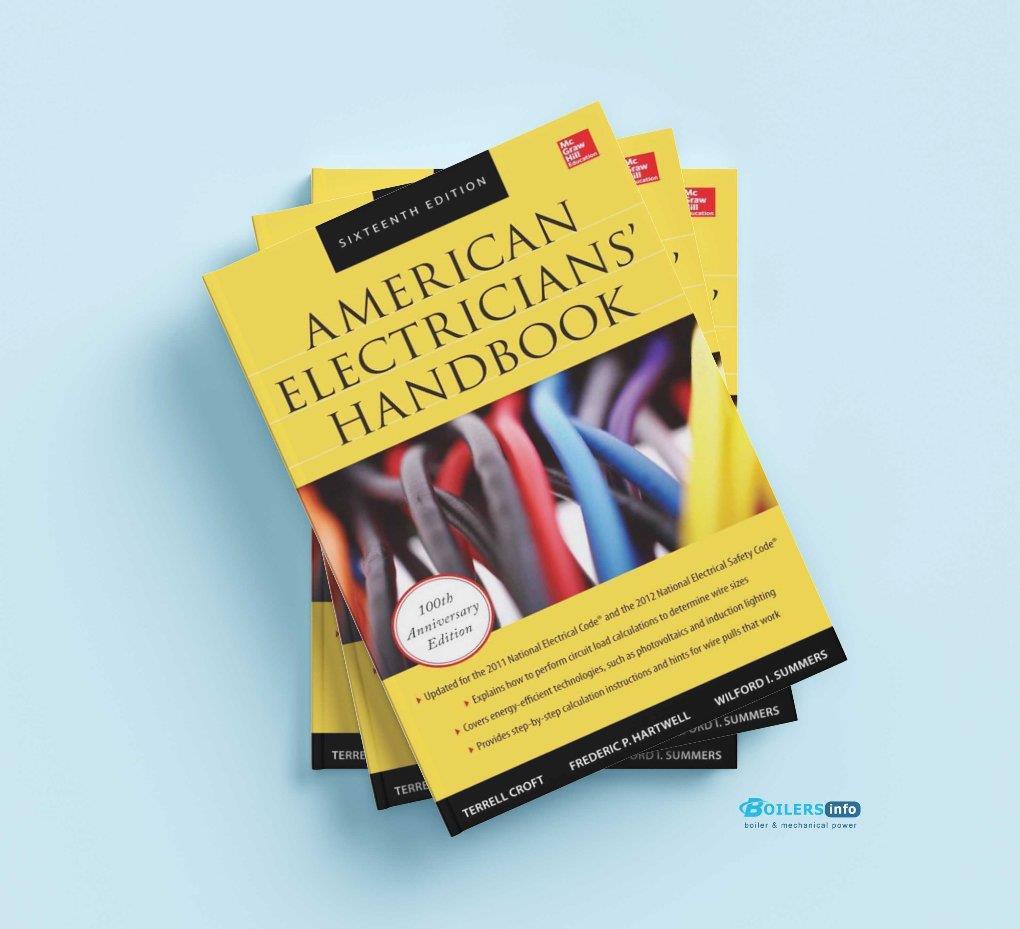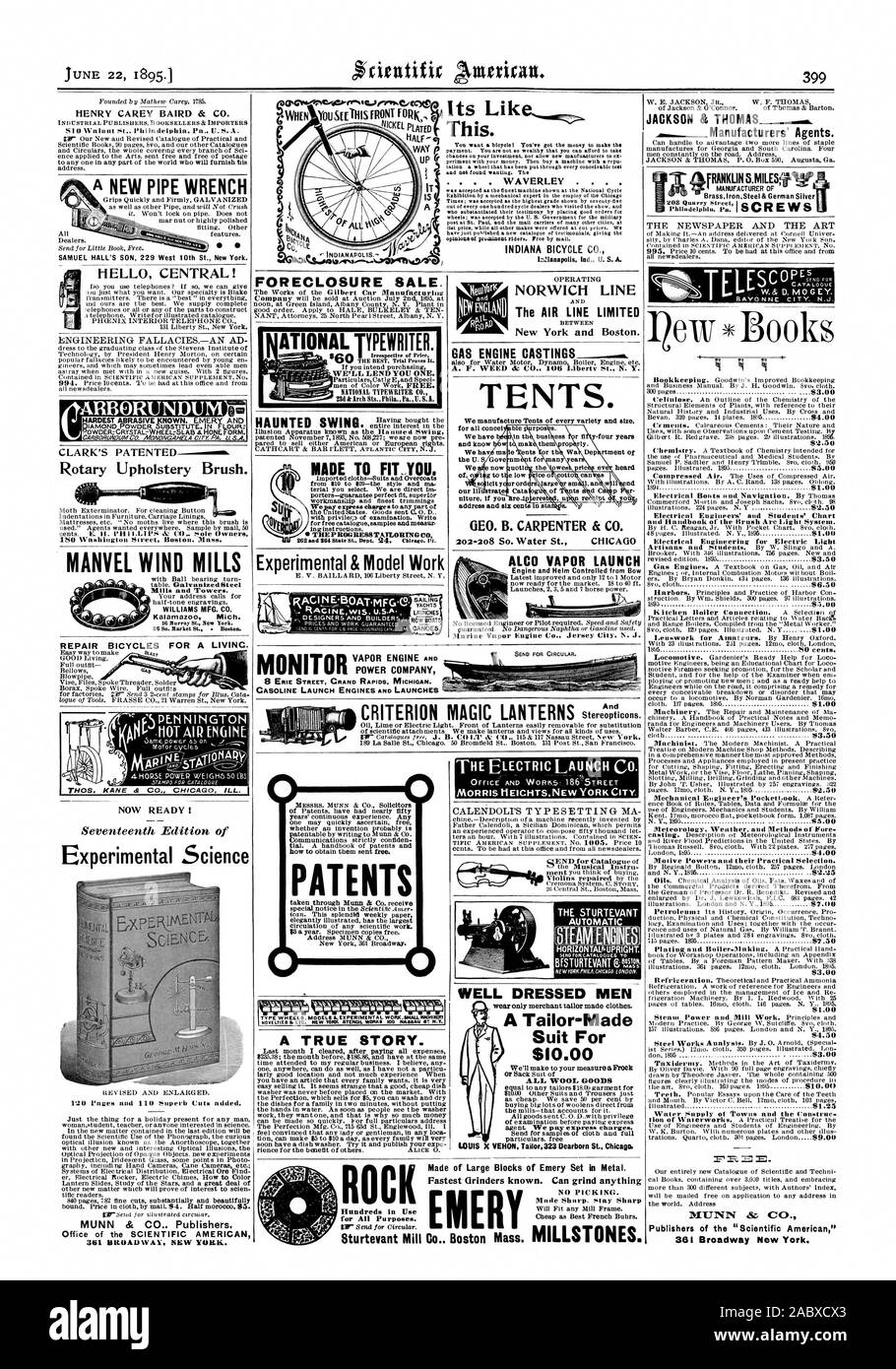

The purpose of the NEC is to protect persons and property from hazards arising from the use of electricity. Governments cannot distribute the NEC itself for copyright reasons, though parts that have been adopted into law are not subject to copyright.
#AMERICAN ELECTRICIAN HANDBOOK CODE#
Local jurisdictions usually adopt the NEC or another published code and then distribute documents describing how local codes vary from the published codes. It is sponsored by the National Fire Protection Association (NFPA) and has been periodically revised since 1897. The National Electrical Code (NEC) specifies minimum acceptable wiring methods and materials for many states and municipalities in the U.S. Ordinary switches control but do not consume electricity, and therefore are not defined as outlets in this sense.

This definition includes receptacles, lighting, motors, etc. An outlet is defined by the NEC as "a point in the wiring system at which current is taken to utilization equipment".For larger commercial installations, 277/480 V or 347/600 V three phase is common. The third phase, the "high leg" of the system (also referred to as the "wild leg"), has 208 V to neutral and is not usually used for single-phase connections, so is distinctively colored. An older, but still widely used high-leg delta system uses three phases with 240 volts phase-to-phase for motor loads, and 120 volts for lighting loads by use of a center-tapped transformer two of the phases are 120 volts to neutral. The most common three-phase system will have three hot legs, 208 V to each other and 120 V each to the neutral. The most common residential and small commercial service in Canada and the U.S., single split-phase, 240 V, features a neutral and two hot legs, 240 V to each other, and 120 V each to the neutral.

#AMERICAN ELECTRICIAN HANDBOOK PROFESSIONAL#
This is a practical, on-the-job resource for every professional electrician.This article needs additional citations for verification. Detailed photos, diagrams, charts, tables, and calculations are included. American Electricians’ Handbook, 17th Edition, covers current energy-efficient technologies, such as Power over Ethernet (PoE), photovoltaics and induction lighting, and contains a new chapter that clearly explains new industry safety methods, along with detailed coverage of how those procedures correlate with OSHA requirements. This seventeenth edition has been thoroughly revised to comply with the most recent (2020) National Electrical Code and National Electrical Safety Code. The new edition of the best-known reference for electricians―fully updated for the latest codes and standards For over a century, this practical handbook has served as the definitive industry reference for information on designing, installing, operating, and maintaining electrical systems and equipment.


 0 kommentar(er)
0 kommentar(er)
